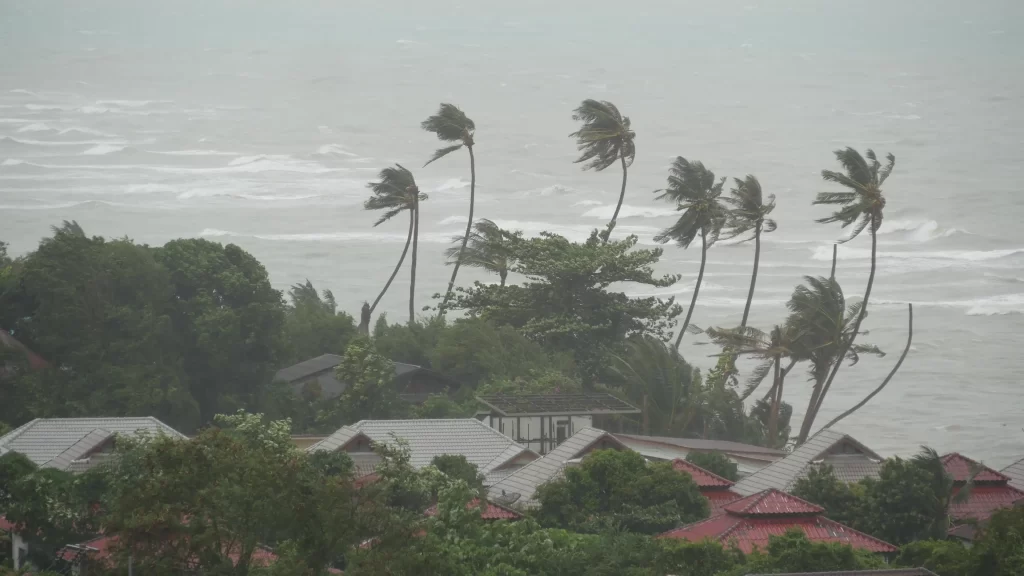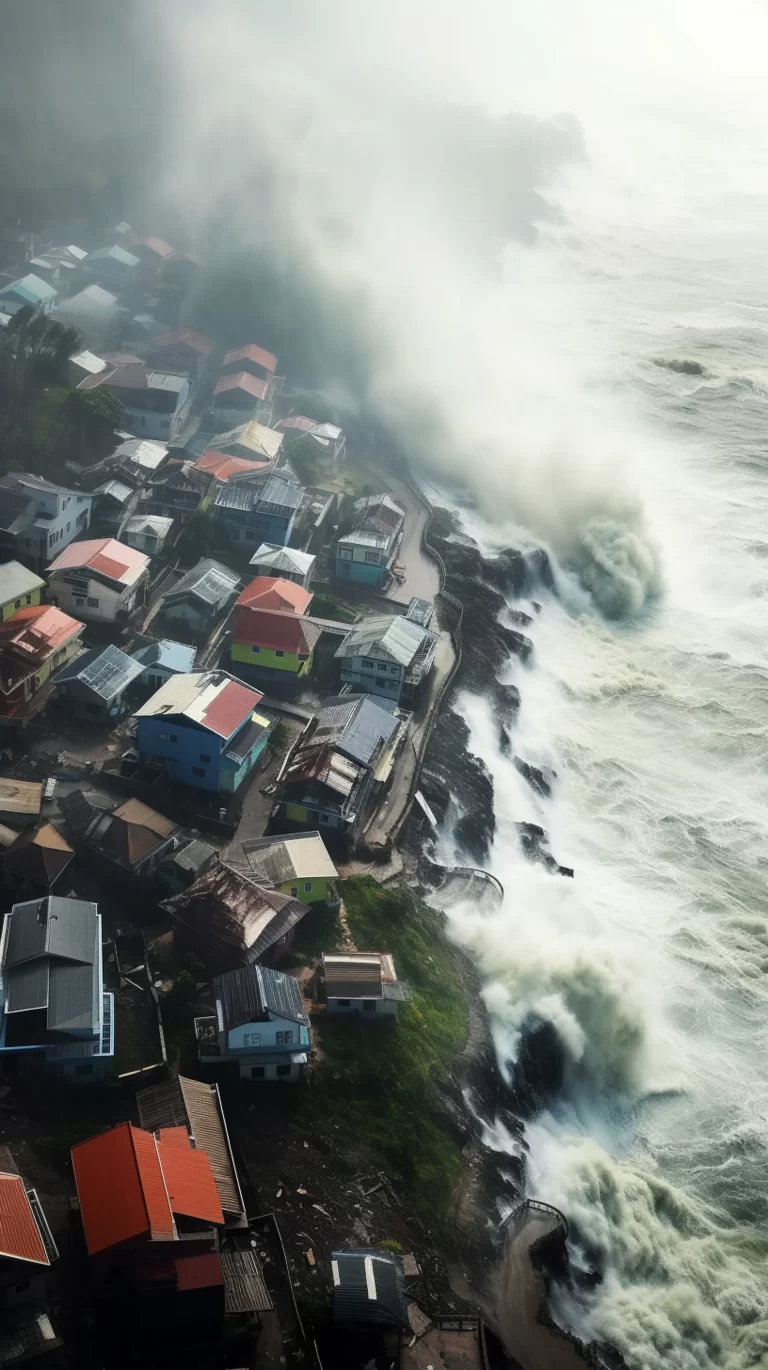Why Do Powerful Typhoons Strike Philippines during 'ber' months?
The Philippines faces intense typhoons in the ‘ber’ months due to warm sea temperatures, favorable atmospheric conditions, seasonal weather shifts, the country’s geographical location, and potential influences from climate change.

A decade has passed since super typhoon Yolanda made landfall, claiming thousands of lives, and it still holds the record as the most powerful cyclone to hit the Philippines in recent history. However, Yolanda’s devastating impact was not an isolated incident. In the years preceding and following this super typhoon, various weather systems of different intensities wreaked havoc, causing significant damage to both infrastructure and lives.
In 2011, tropical storm Sendong (Washi) unleashed torrential rains, leading to catastrophic flash floods and landslides in Mindanao, earning the grim distinction of being the deadliest storm of that year. Just a year later, Typhoon Pablo (Bopha), which could be compared to a category 5 cyclone in the western hemisphere, devastated the same region.
More recently, the nightmare of Tropical Storm Ondoy (Ketsana) in 2009, which submerged Marikina and other parts of Metro Manila, was relived in 2020 when Typhoon Ulysses (Vamco) battered Luzon. The following year, Typhoon Odette (Rai) wreaked havoc in Mindanao and Visayas.
Although these extreme weather events occurred in different years within a span of over a decade, they all share a commonality—they took place in the last quarter of the year, known as the “ber” months among Filipinos.
For the Philippine Atmospheric, Geophysical, and Astronomical Services Administration (PAGASA), the occurrence of stronger storms during this period is no longer a surprise. PAGASA’s weather specialist, Benison Estareja, explained that two main factors influence the formation and path of these stronger storms: warmer sea surface temperatures in the central Pacific Ocean and high-pressure areas.
The warmer sea surface temperatures contribute to the formation of cloud clusters that eventually evolve into storms. During the “ber” months, the high-pressure area pushes these storms westward or west-northwest towards Mindanao, Visayas, and Central Luzon.
Additionally, the presence of an El Niño phenomenon can exacerbate these conditions. While El Niño tends to reduce below-normal rainfall in some parts of the country, it can still result in above-normal rainfall conditions in other regions due to increased sea surface temperatures, leading to the formation of potentially stronger typhoons.
This trend aligns with the Intergovernmental Panel on Climate Change’s (IPCC) report, which suggests that climate change can lead to more intense weather events, even if their overall frequency does not significantly increase.
Estareja emphasized that although it may take years for the public to feel the full effects of climate change, the current presence of El Niño, coupled with environmental degradation, increases the likelihood of more extreme climate events compared to previous decades.
The Philippines remains highly susceptible to extreme weather events, despite the lessons learned from Yolanda. Environmental group Kalikasan expressed concerns that the country still lacks clear action plans and adequate preparedness and resilience measures.
They emphasized the need for concrete steps in climate adaptation, solutions to address future challenges related to climate change, and strategies for mitigating greenhouse gas emissions.
With two more months left in 2023, PAGASA anticipates the entry of at least two to three typhoons into the Philippine area of responsibility. The intensity of these remaining typhoons remains uncertain, but disaster officials are counting on the lessons learned by communities from past devastating typhoons to minimize destruction and, most importantly, save lives.
The incidence of powerful typhoons in the Philippines during the 'ber' months can be ascribed to a number of reasons, including:
Warm sea surface temperatures: During the ‘ber’ months (September, October, November, and December), the waters in the western Pacific Ocean are at their warmest. These elevated sea surface temperatures provide the necessary energy and moisture for typhoons to form and intensify.
Favorable atmospheric conditions: Atmospheric conditions, such as low wind shear and high humidity, are conducive to the development and strengthening of typhoons during this period. The absence of strong wind shear allows typhoons to maintain their circular structure and intensify.
Seasonal shifts in weather patterns: The ‘ber’ months mark the transition from the southwest monsoon (habagat) to the northeast monsoon (amihan) in the Philippines. This shift can create a conducive environment for typhoons to develop and track toward the country.
Geographical location: The Philippines is situated in a region where it is vulnerable to typhoon activity due to its geographical location in the western Pacific, making it prone to typhoon tracks originating from the east.
Climate change: Climate change can also play a role in the frequency and intensity of typhoons. Rising sea surface temperatures and altered atmospheric patterns can potentially contribute to the increased likelihood of more powerful typhoons.
These factors collectively contribute to the heightened risk of encountering intense typhoons in the Philippines during the ‘ber’ months, necessitating vigilance and preparedness to mitigate their impact.

Frequently Asked Questions about Powerful Typhoons
Powerful typhoons are primarily fueled by warm sea temperatures, low wind shear, and favorable atmospheric conditions.
Powerful typhoons often occur in the ‘ber’ months (September to December) due to elevated sea surface temperatures and seasonal weather shifts.
The Philippines is geographically placed in an area where powerful typhoons form frequently, and warm Pacific waters contribute to their strength.
Climate change can lead to warmer sea temperatures and altered atmospheric patterns, potentially increasing the intensity and frequency of powerful typhoons.
Individuals can stay informed, follow evacuation guidelines, and participate in community preparedness efforts to enhance overall powerful typhoon resilience.
